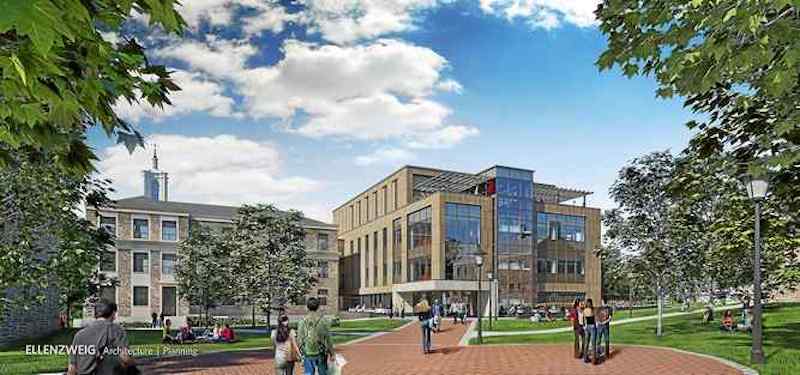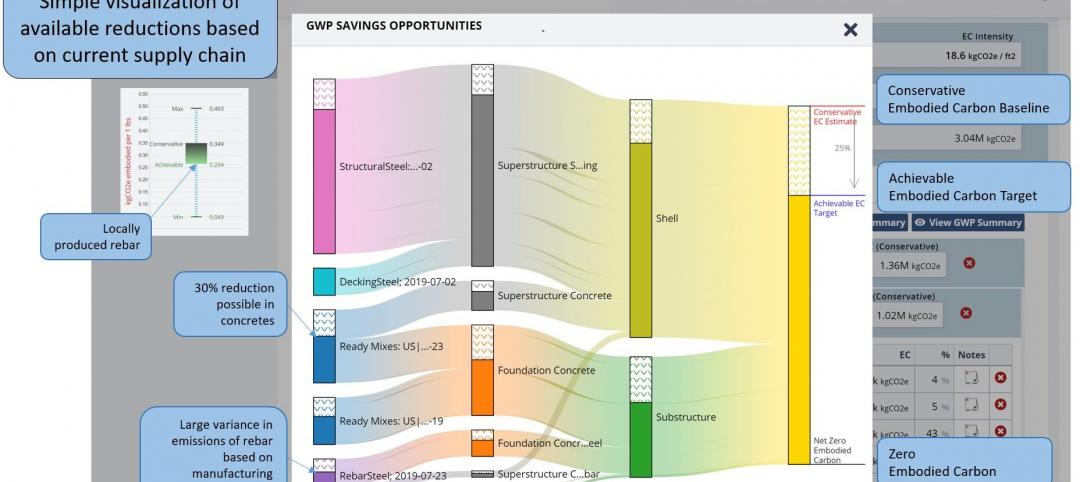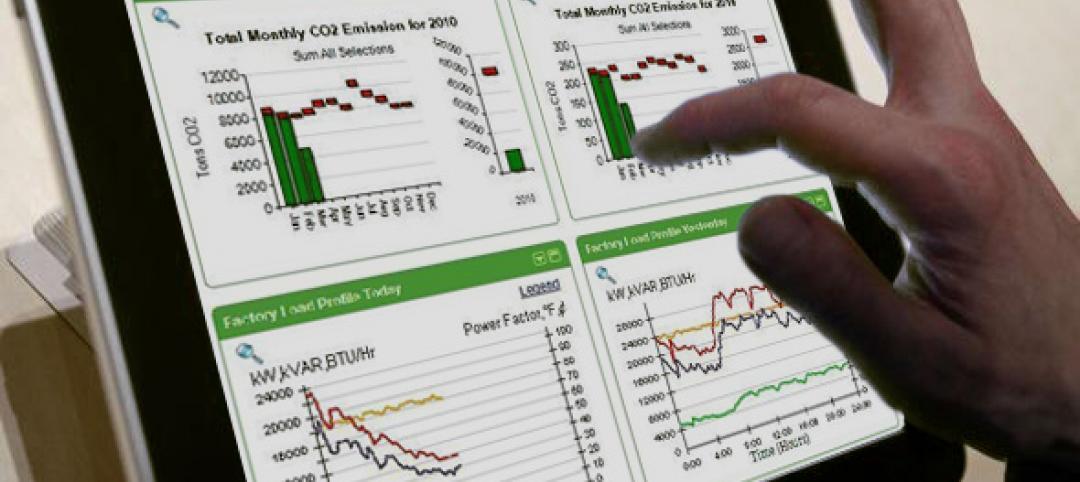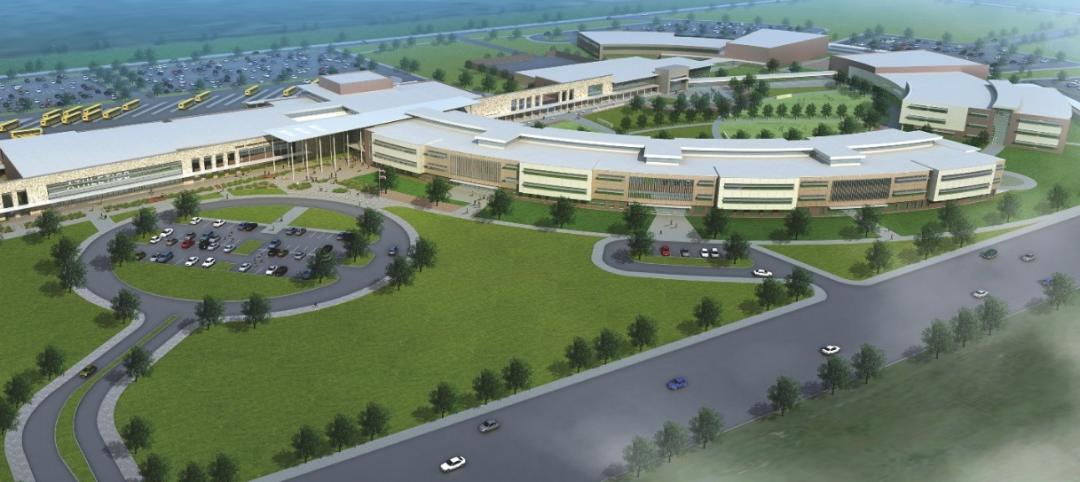More than half of the school districts and colleges responding to a recent survey expect to initiate construction projects in 2017, the majority of which will be major renovations or modernizations.
College Planning & Management, which conducted the survey for its annual “2017 Facilities and Construction Brief,” also found that few school districts or institutions are banking on more funds being made available for future construction projects.
The magazine bases its mostly optimistic projections partly on demographic data that project enrollment of 18 to 24 year olds by degree-granting postsecondary institutions to increase by 13% between 2013 and 2024. Enrollment of 25 to 34 year olds during that period is expected to grow by 17%, and by 10% for enrollees 35 or older.
The report notes that while the nation’s population grew last year by 0.7%, numerical gains were concentrated in 10 states, led by Texas (432,957), Florida (367,525), and California (256,077). Contrarily, eight states lost population: Connecticut, Illinois, Mississippi, New York, Pennsylvania, Vermont, West Virginia, and Wyoming.
“We know that the population of the U.S. is growing, and along with it enrollment of our K-12 schools,” the report states. “We know there is an ongoing deferred maintenance problem and a need to invest in the improvement of existing facilities. And we know that construction and renovation of educational facilities [are] finally on the rise.”
The Census Bureau estimates that spending on education construction (which includes museums and libraries) in 2016 increased by 6.5% to $88.9 billion, the most spent since 2009 and the largest year-over-year percentage gain since 2008.
Drilling down, the report takes a closer look at past and future construction for both K-12 and colleges.
Based on responses from 90 preK-12 school districts in 33 states, 44% neither completed any construction projects in 2016, nor had any completions planned for this year. Another 47% said they wouldn’t be starting any new products this year, either.
On the positive side, 39% completed major renovations or modernizations in 2016, 34% will start a major renovation or modernization this year, and another 20% expect to complete one of these projects in 2017.
Sixteen percent of the responding school districts completed an addition last year, 16% will start an addition this year, and 18% will complete an addition in 2017.
Eighteen percent of preK-12 districts completed a new or replacement building in 2016, 27% will start one this year, and 21% will complete such a project in 2017.
Based on responses from 73 colleges or universities operating in 36 states, 27% did no construction in 2016, 32% have no construction scheduled for completion this year, and 37% have no plans to start construction in 2016.
But nearly three in five of the respondents—59%— completed a renovation or modernization in 2016, 47% plan to start such a project this year, and 53% expect to complete one in 2017.
Nearly one in five—19%—completed an addition last year, 15% will start one this year, and 28% expect to complete an addition in 2017. More than a quarter of respondents—26%—completed a new or replacement building in 2016, 27% will start one in 2017, and 36% will start one this year.
Given the strength of this construction activity, uncertainties about financing cloud future projects. Thirty-six percent of school districts thought that fewer funds would be available to them, and nearly two-fifths—39%—thought available funding would be flat. Among the college/university respondents, 43% expected to have fewer funds at their disposal, and one-third thought their funding wouldn’t change.
Related Stories
University Buildings | Jul 28, 2015
OMA designs terraced sports center for UK's Brighton College
Designs for what will be the biggest construction project in the school’s 170-year history feature a rectangular building at the edge of the school’s playing field. A running track is planned for the building’s roof, while sports facilities will be kept underneath.
University Buildings | Jul 21, 2015
Maker spaces: Designing places to test, break, and rebuild
Gensler's Kenneth Fisher and Keller Roughton highlight recent maker space projects at MIT and the University of Nebraska that provide just the right mix of equipment, tools, spaces, and disciplines to spark innovation.
Codes and Standards | Jun 18, 2015
New document addresses school safety and security
In an effort to balance security and fire safety features within codes, standards and planning, NFPA hosted a two-day workshop, “School Safety, Codes and Security”, last December. The findings are now available in an NFPA report.
K-12 Schools | Mar 2, 2015
BD+C special report: What it takes to build 21st-century schools
How the latest design, construction, and teaching concepts are being implemented in the next generation of America’s schools.
Codes and Standards | Mar 2, 2015
Nevada moves to suspend prevailing wage rules on school projects
The Nevada Senate approved a bill that would suspend prevailing wage rules on school projects.
K-12 Schools | Mar 1, 2015
Are energy management systems too complex for school facility staffs?
When school districts demand the latest and greatest, they need to think about how those choices will impact the district’s facilities employees.
K-12 Schools | Feb 26, 2015
Should your next school project include a safe room?
Many school districts continue to resist mandating the inclusion of safe rooms or storm shelters in new and existing buildings. But that may be changing.
K-12 Schools | Feb 26, 2015
Construction funding still scarce for many school districts
Many districts are struggling to have new construction and renovation keep pace with student population growth.
K-12 Schools | Feb 26, 2015
D.C.'s Dunbar High School is world's highest-scoring LEED school, earns 91% of base credits
The 280,000-sf school achieved 91 points, out of 100 base points possible for LEED, making it the highest-scoring school in the world certified under USGBC’s LEED for Schools-New Construction system.
K-12 Schools | Feb 25, 2015
Polish architect designs modular ‘kids city’ kindergarten using shipping container frames
Forget the retrofit of a shipping container into a building for one moment. Designboom showcases the plans of Polish architect Adam Wiercinski to use just the recycled frames of containers to construct a “kids city.”

















